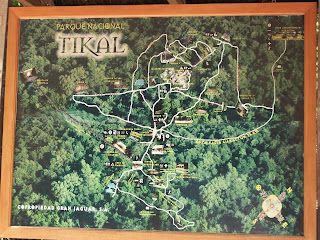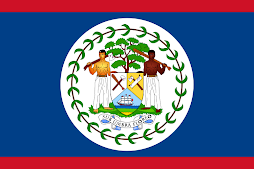 BELIZE NATIONAL ANTHEM
BELIZE NATIONAL ANTHEM
O, Land of the free by the Carib Sea,
our manhood we pledge to thy liberty!
No Tyrants here linger, despots must flee
This tranquit haven of democracy
The blood of our sires which hallows the sod,
Brought freedom from slavery oppression's rod,
By the might of truth and the grace of God.
No longer shall we be hewers of wood.
Arise! ye sons of Baymen's clan,
put on your armour, clear the land!
Drive back the tyrants, let despots flee-
Land of the Free by the Carib Sea!
Nature has blessed thee with wealth untold,
O'er mountains and valleys where praries roll;
Our fathers, the Baymen, valiant and bold
Drove back the invader; this heritage hold
From proud Rio Hondo to old Sarstoon'
Through coral isle, over blue lagoon;
Keep watch with the angels, the stars and moon;
For freedom comes tomorrow's noon.
Chorus.

 rt life is simpler here. It is also a whole new world here with teaching. Integrating technology in the United States is such a huge part in the schools, but it is rarely if ever used in the schools here. We were lucky to get blank paper for copies let alone have access to any type of technology. There is only one computer at Ambergris Caye Elementary, but it is in the hallway.
rt life is simpler here. It is also a whole new world here with teaching. Integrating technology in the United States is such a huge part in the schools, but it is rarely if ever used in the schools here. We were lucky to get blank paper for copies let alone have access to any type of technology. There is only one computer at Ambergris Caye Elementary, but it is in the hallway. 



















 ementary. This day the students got to have their Easter Celebration. That previous Monday was a teacher workday, and we got to assist in the preparation for the celebration. After working on Excel for grading purposes and speaking with our partnership teacher to discuss the subjects to teach,
ementary. This day the students got to have their Easter Celebration. That previous Monday was a teacher workday, and we got to assist in the preparation for the celebration. After working on Excel for grading purposes and speaking with our partnership teacher to discuss the subjects to teach, 




























